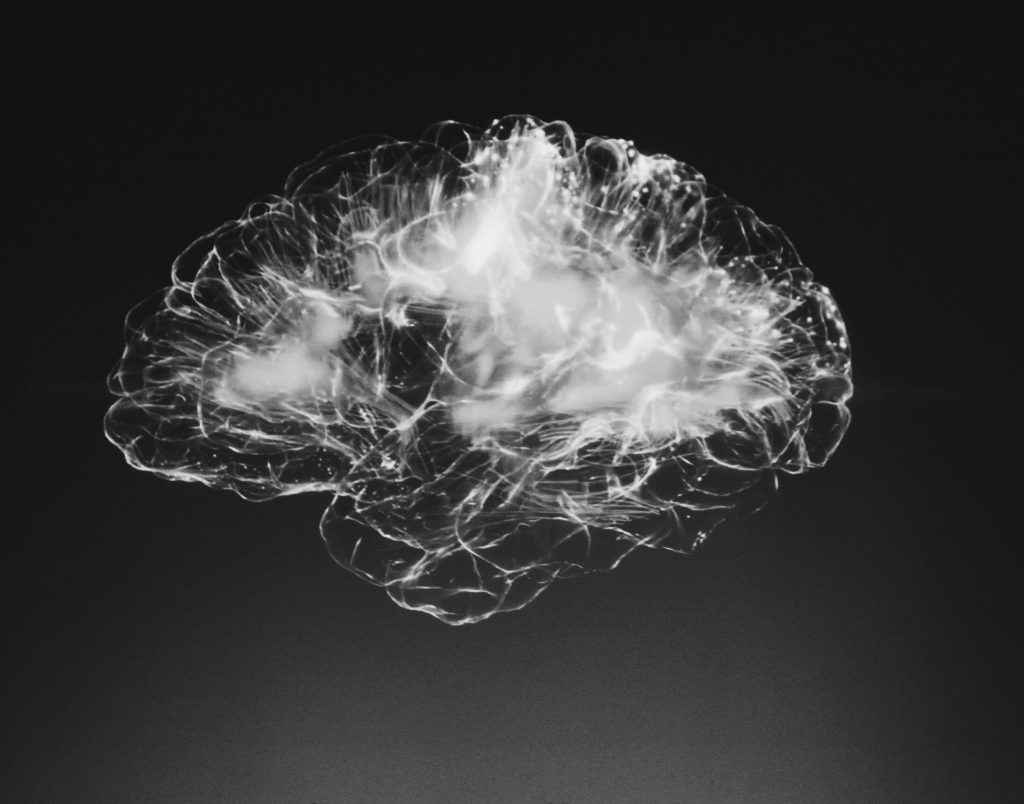what is
Autism Spectrum Disorder ?
Autism is a developmental condition that affects neurotypical development of the brain. It hampers the child’s communication, social interaction, cognition, and behaviour. In most cases it manifests in the first three years of life. A W.H.O. study estimated that 1 in 160 children worldwide suffer from autism. The problem seems to be more acute in developed countries, for example, according to the US Centers for Disease Control and Prevention (CDC) 1 in 59 people are on the autism spectrum, a number that used to be lower than 1 in 600 just 40 years ago. It has also come to light that autism is 4 times more prevalent amongst boys than girls.
Autism Spectrum Disorder (ASD) is termed a spectrum because its symptoms manifest in multiple combinations that affect different children in different ways. It is often said that “If you’ve met one person with autism, you’ve met one person with autism”. The Spectrum covers children who possess extremely rich vocabulary at one end and some that are hardly vocal or are non vocal at the other, socially withdrawn children at one end and socially active at the other. This spectrum now covers conditions which were previously independently diagnosed and treated including Pervasive developmental disorder not otherwise specified (PDD-NOS), Asperger syndrome and Autistic disorder.
Autism Spectrum Disorder is marked by problems in the following three areas :
1. Undeveloped or Underdeveloped Speech and Language
2. Sensory Processing Disorders
3. Social Skills
A large number of children on the spectrum also suffer from associated issues such as ADHD (Attention Deficit/Hyperactive Disorder), Learning disability, motor difficulties etc. Occasionally, some children may also suffer from Intellectual Disability, Seizures and Regression.
The warning signs of autism can be identified by the time a child turns three, In rare cases autism can be detected as early as 18 months. These symptoms may be mild, moderate or severe and differ for each child. However, in most cases the following common traits present themselves:
- Difficulty with social interaction. This may include problems with eye contact, name response, talking/listening or playing with others. Often the child seems unusually shy.
- Unusual way of playing with toys and objects, i.e. looking at the wheels of a toy car, staring at fingers etc.
- The need for sameness. Changes in their surroundings, routines etc. may be very disconcerting.
- Under or over reaction to the senses: sight, touch, taste, smell, or hearing, e.g. some children may be very disturbed by loud noises while some others may seek auditory inputs.
- Repetitive movements. They may do this to calm themselves in a stressful environment or to engage themselves.
- Unusual responses and reactions. They may seem prone to tantrums, unaware of their surroundings etc.
It is necessary to mention here that an early diagnosis of Autism can lead to very positive changes and with the right course of treatment Autistic children can lead fulfilling lives. However, the fact that there is very low awareness about autism delays parents’ ability to identify the early symptoms. Although there is no cure for autism, early intervention therapies have helped a lot of children on the spectrum overcome their problems and lead fulfilling lives. Click here to learn more about the success stories of those who have overcome Autism.
We also need to remember that just like every other child, children with autism have strengths and talents. Parents, caregivers and educators should nurture these positive aspects and encourage the child at every opportunity. Labels such as mild, moderate or severe do not paint a complete picture, each individual is differently abled in different areas. Parents should not lose hope and opt for the best course of treatment for their child.
An autistic child may possess one or more of these skills:
- Good visual and spatial memory
- Methodical and organized way of doing things
- Ability to understand abstract concepts
- Excellence in the area of their interest
- Attention to detail
- Interest in languages (among children who can speak well)
Guided with the right treatment and education, an autistic child can develop several of the above skills. It may not come easy and it may not come quick, but with enough time and effort many autistic children can lead an independent life.

